We spend 90% of our time indoors where we are continuously exposed to diverse microbial communities. This talk will highlight three applications where enhanced understanding of the microbes in our indoor space can improve our health. First, relative humidity in the air is sufficient to support microbial growth in carpet and dust, and this can be modeled quantitatively using the time-of-wetness framework. Prevention of mold growth in homes is especially important for underserved communities who may be more likely to reside in poor quality housing and/or have asthma. Second, elevated moisture can support microbial function in dust, including degradation of phthalate esters. Finally, these findings can be applied in a wide variety of environments, including on the International Space Station (ISS) to ensure that astronauts can remain healthy during long-duration space travel.
Back to All Events
Earlier Event: October 8
Summit on Sustainability
Later Event: October 12
Dialogue: Columbus - Can We Afford to Live Here?

